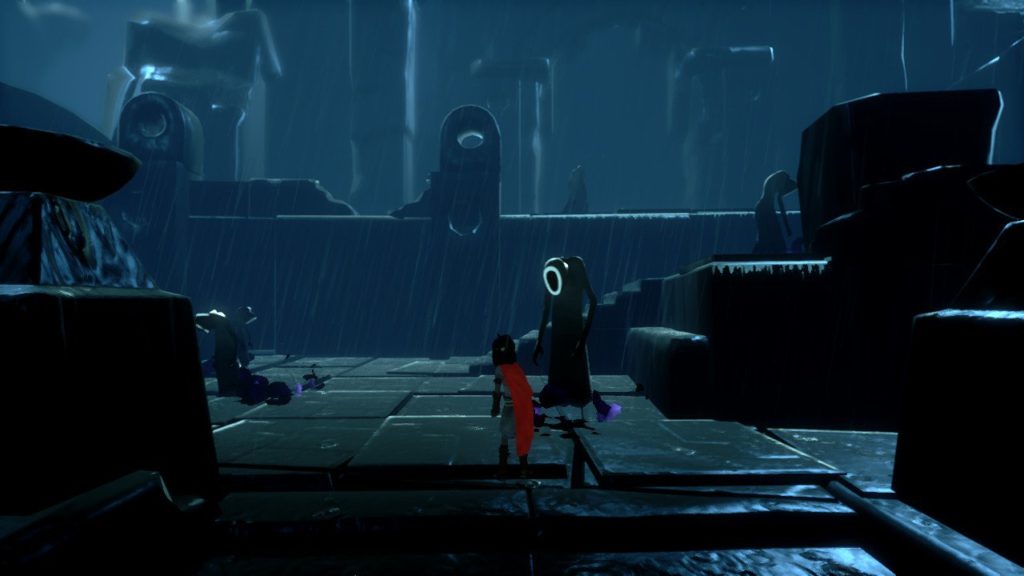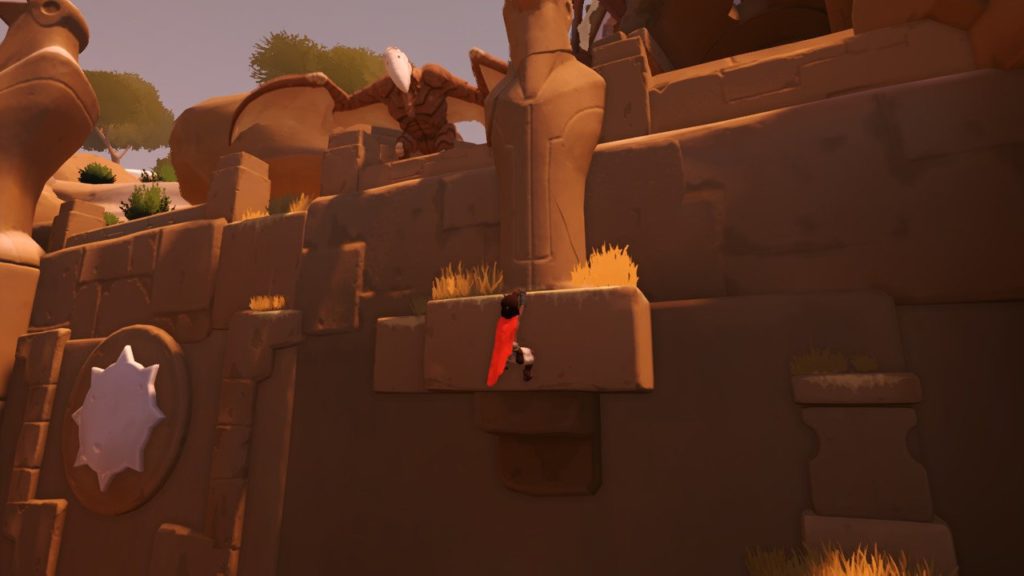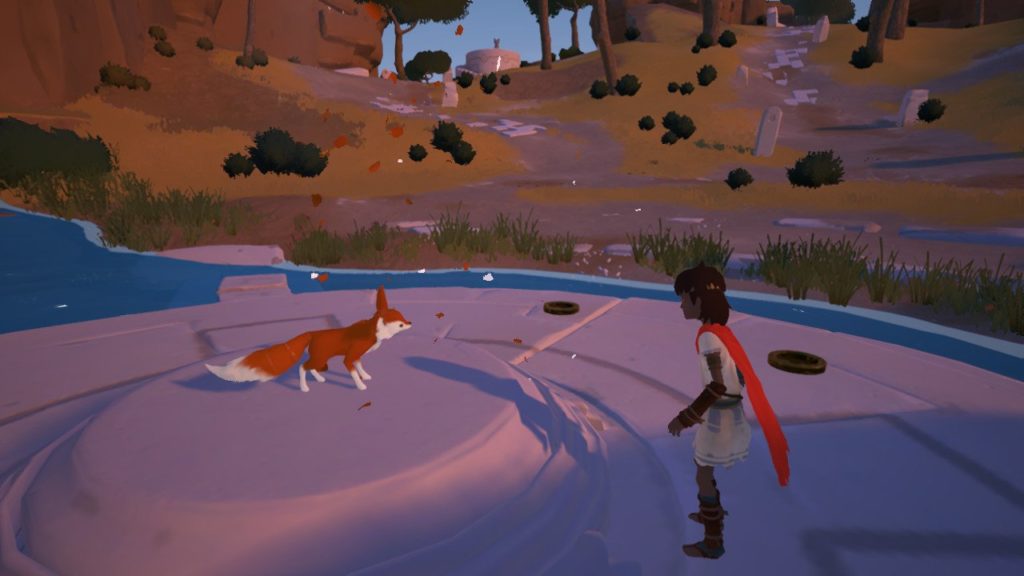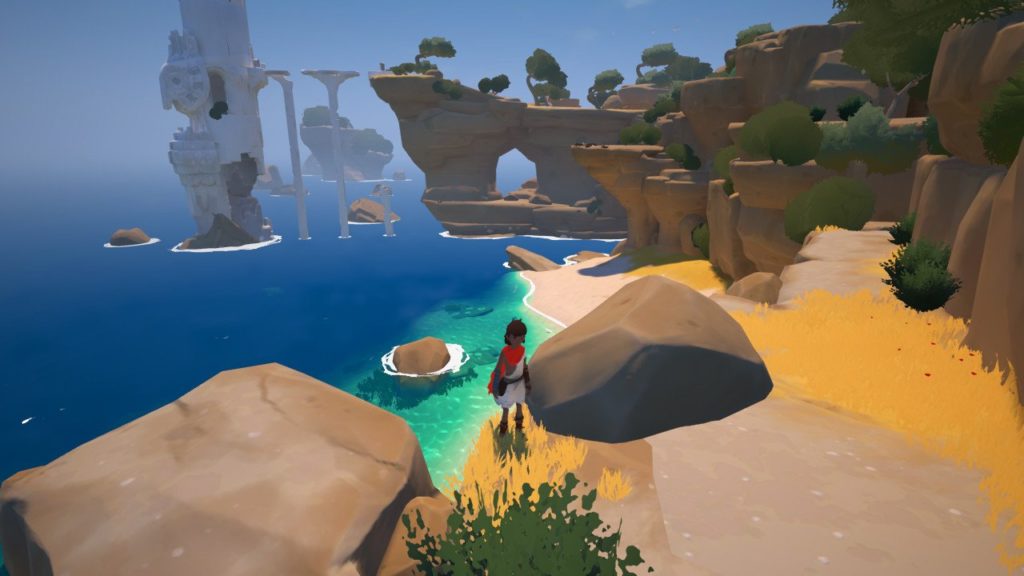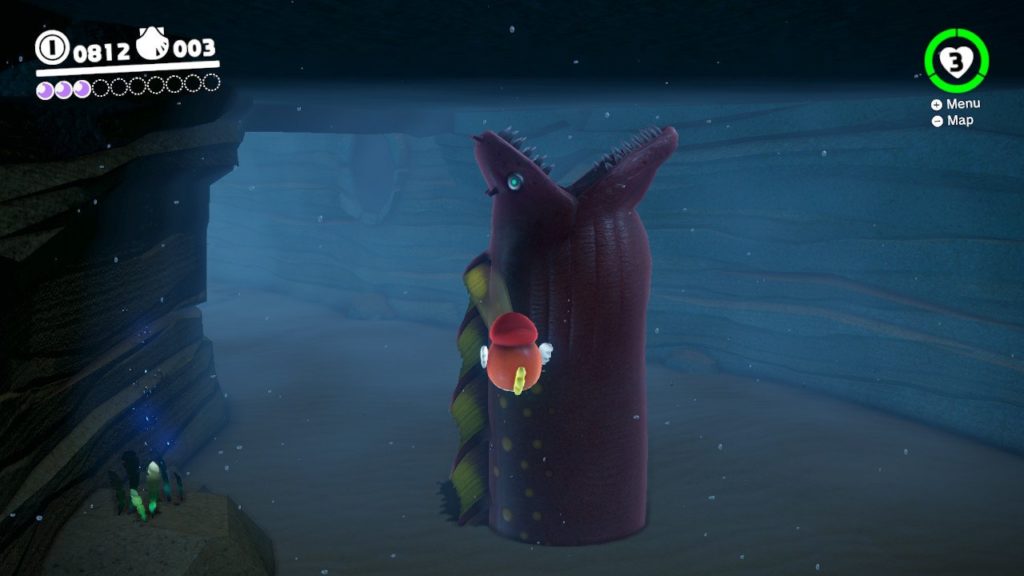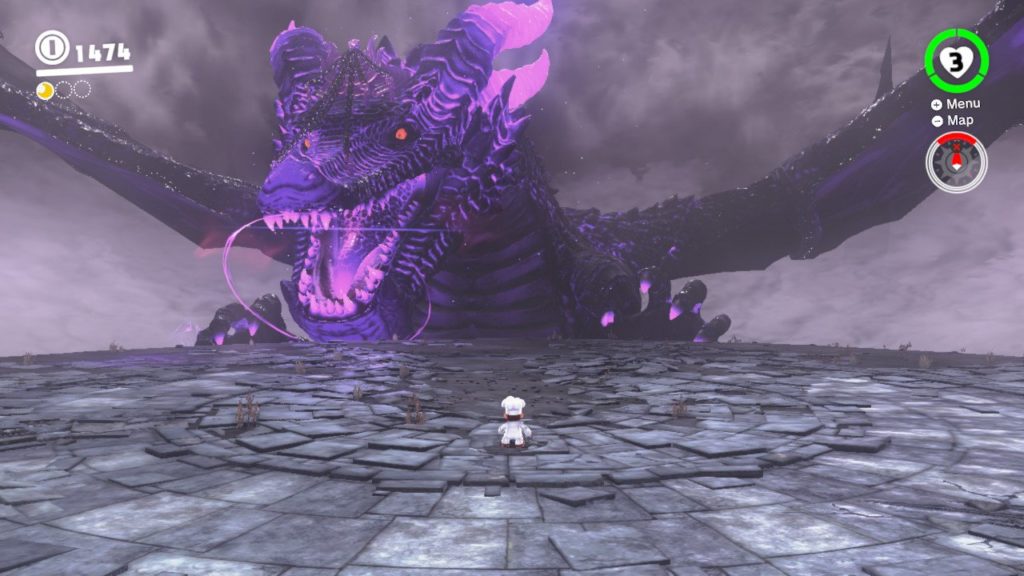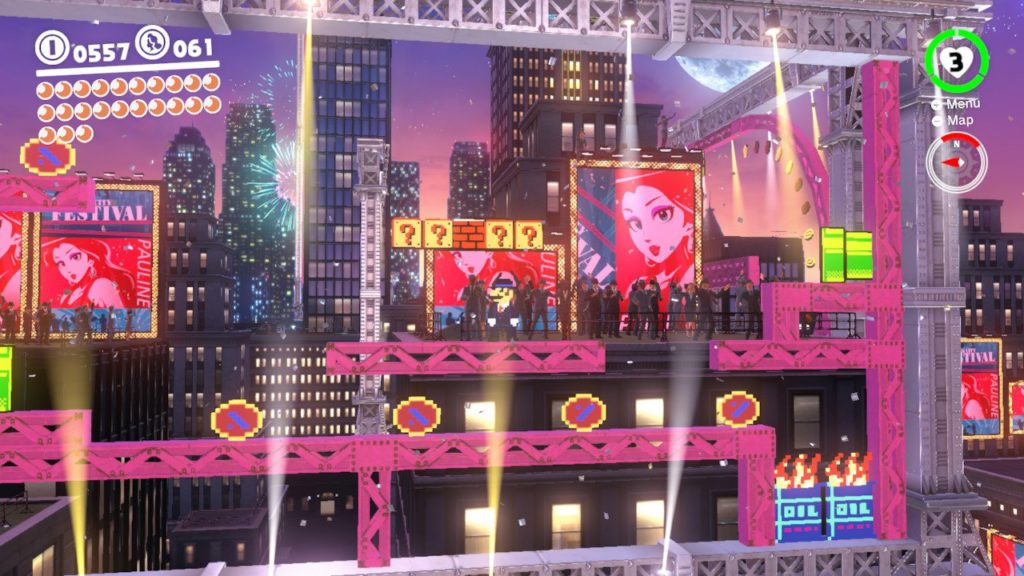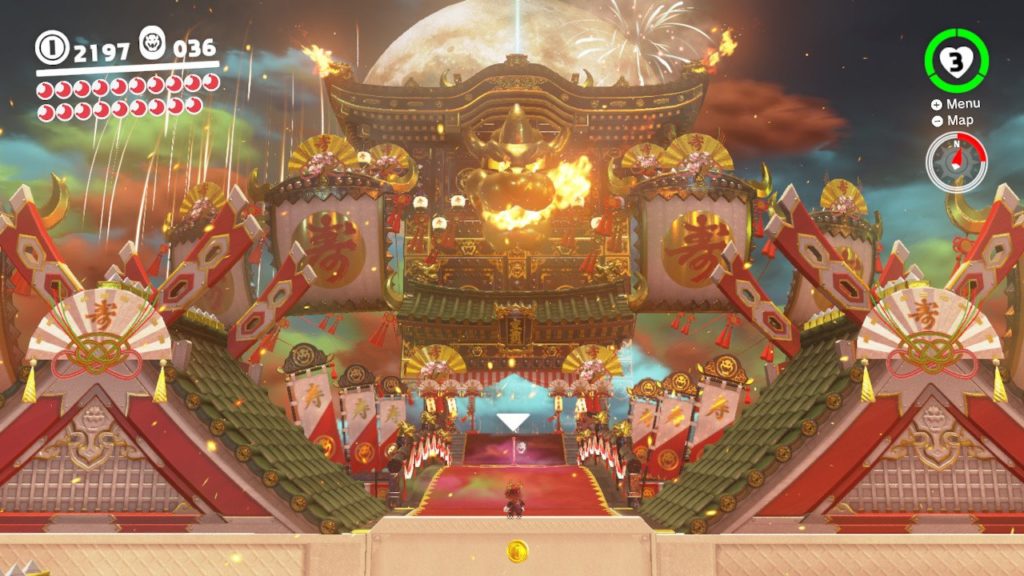- Genre: JRPG
- Platform: Switch
TL;DR
- Visually spectacular JRPG filled with large monsters and even larger environments
- Overly complicated level and gearing systems that could have worked much better if the UI wasn’t so frustrating
- Solid battle system that has been smartly streamlined since the previous titles, but still has late-game issues with overuse of one-hit mechanics
I’m going to open with what nearly had me shelving the game, because it was the same type of weird late-game design pattern that plagued both Xenoblade and Xenoblade X. For reference, I was at 84 hours in and on the final sort of boss run before the end of the game. That late into the game is not the kind of place you want to turn the design on its head.
Throughout the game, I had basically setup my party to where I was a DPS/off heal, one of my characters was a full time tank, and my third was rotating between pure DPS and mixed tank/heal, depending on my needs. Basically, the main character was in no way setup to actually BE a tank, but that’s what the end game expects of you.
The TL;DR without spoilers is that your entire party gets taken away, and two of the main blades that you develop through the story get taken away, leaving the main character on his own to fight a chain of 1v1 boss battles, without the two blades I’d built my gameplay style around, and needing me to scrounge together what blades I had to try and bullshit my way through the boss fights. Looking on Gamefaqs and looking at my roster I barely had what I needed leaving me with one choice; bullshit around mechanics to get through it.
I threw on two hammer tanks that have a shield move containing major block percentage and health regen, swapped between the two of them only attacking while the shield was down and the other blade was recharging, and made the fight trivial. Was it fun? No. Was it doable? Yes. That right there is the main problem. And that’s to say nothing of the final boss, which had some fairly RNG-heavy mechanics that made an otherwise easy fight into a dance of potential instant death.
So with that said, if I’d have known 20 hours ago what to prepare for to avoid having to do that, is this a good game? More or less, but it’s definitely not without its issues.
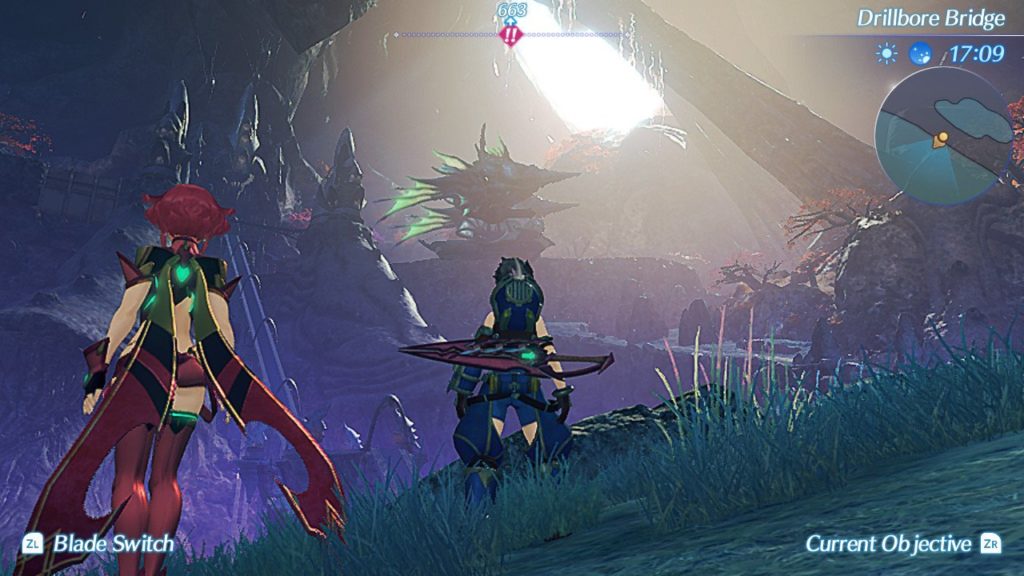
Like its predecessors, Xenoblade Chronicles 2 is a large scale JRPG with huge environments, too many different systems that go into the character’s power, and a somewhat shoddy UI. It uses the same battle system as the others where it’s technically in real-time, but more or less plays like a turn-based RPG in practice. However, it’s streamlined a few things for better overall flow. The biggest problem that it has is that it doesn’t really attempt to fix the problems with its predecessors, instead adding more systems that didn’t feel needed.
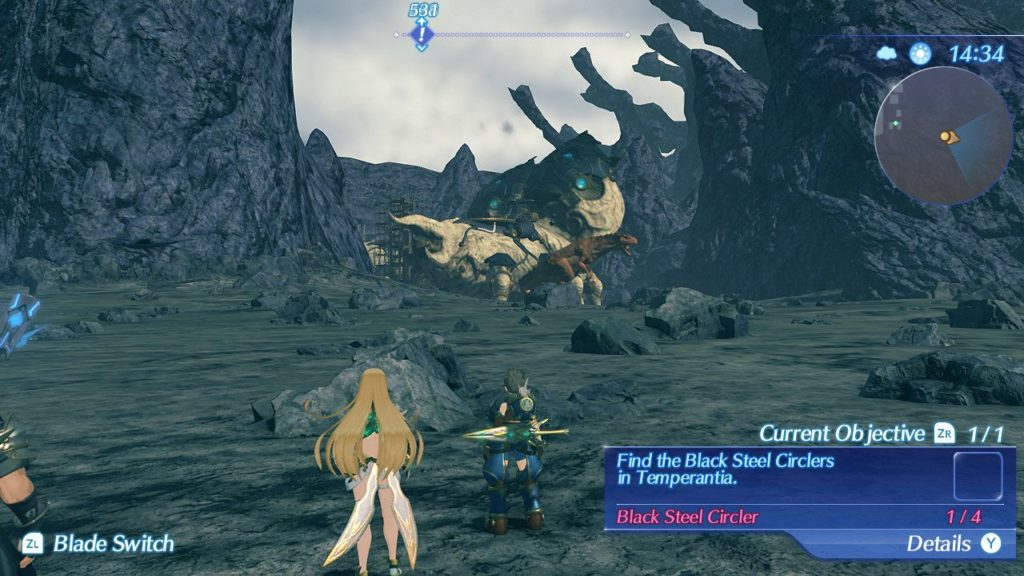
Since it is the core of the game, the battle system is the thing that made XC2 last as long as it did, despite some of the problems I mentioned in the opening. The battle system in place is very much a JRPG-style one, but more in the vain of Final Fantasy 12. The player has real-time movement, but doesn’t attack while in active movement. Each player character (driver) is joined by a passive character (blade) and work as a pair in battle. However, it is a deep system, and I’d argue very nearly too complicated for most players. I’m bolding a few things here for reference of how many things are in place. Basic attacks happen automatically, charging up driver artes. Successful driver artes charge up blade arts. Successful blade artes can be chained to apply elemental orbs that can then be used to extend the length of a chain attack. Driver and blade artes are tied to swapping out blades, which can be done in real-time. If this all sounds complicated, it is, but it’s all very easy to activate thanks to some smart changes to the battle system.
Previous Xenoblade titles used a scrolling list to activate artes, so there was always a bit of a fight of scrolling around in menus to activate things. XC2 changes this to be much easier. Blade swapping is on the d-pad. Driver artes are on B/X/Y face buttons. Blade artes are activated with A for the player character, and LZ/RZ for party members, then use small quick time events for success chance. Chain attacks are activated with the Start button, and then use the blade artes for damage. Basically, if there’s a button around, it’s used for an attack. There’s no scrolling, no in and out of menus, no looking around to figure out what’s going on. It’s all extremely fluid, so even with the huge amount of things going on, it’s easy to do what you need to do.
This is backed by continued fantastic variety in what can be done with artes. There’s a whole mix of artes based around damage bonuses for hitting at certain angles. Heals can be either direct for healer blades, or incidental potion spawners for attackers. Tanks have a variety of threat-generation and damage mitigation for good back and forth timing play. Reaching into blades, a wide range of elemental types means that running a wide variety in your party will benefit your ability to maximize damage in any situation.
Despite everything going on, the rhythm of the fights always feels really good. Swapping between blades is fast and used often. Both driver and blade artes charge quickly and always feel impactful. Chain attacks offer a nice way to interrupt the enemy flow, and also offer the player a fun dance in trying to burst elemental orbs and extend the chain attack. Basically, the act of fighting is the best part of the game and will keep you coming back to do all the little side things that can be found.
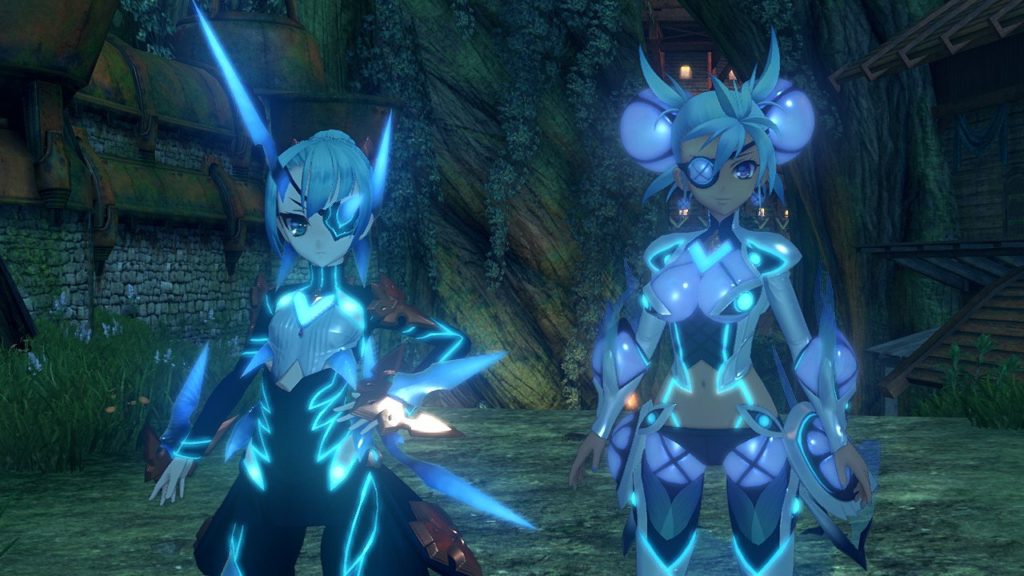
However, when you start getting into the rest of the game systems, XC2 starts to feel like a game that has added systems just for the sake of adding them. This is best illustrated by all of the different forms of experience-based things that have to be gained to truly increase your party’s power.
- There’s core XP from kills that goes into the character levels like most JRPGs. However, there’s also rested XP earned by completing quests and other side items that can only be earned by resting at an inn.
- Killing enemies also earns SP, which is a currency for drivers to apply to passive skills, such as core stat boosts, ability to use certain abilities at the start of battle, etc.
- Killing enemies ALSO earns WP, which is a currency earned per-blade to increase the level of the driver artes tied to individual blade types.
- Every single blade has a unique affinity chart that has to be leveled up. This can be done in any number of ways, whether it be kills on specific enemies, collecting things in the environment, completing blade-unique side quests, and more. However, you have to go into the affinity chart of the blade to activate things they earn; it isn’t automatically activated when earning is complete.
- Trust can be earned by completing quests and battling with blades. For most blades, trust is used to unlock new tiers in their affinity charts.
- Some blades have multiple forms, which each need to be leveled separately.
- For those who don’t care about spoilers, there is a unique leveling scheme:
Spoiler
One driver can also be a blade, but can only level one of those forms at a time.
[collapse] - One of the main characters also uses an artificial Blade, which as all the normal leveling systems, but also has a unique minigame that has to be completed in order to earn a unique currency that goes into core upgrades specific to these blade forms.
- Part way through the game, the player inherits a mercenary guild, opening an option to send out unused blades on missions to earn XP, rewards, and affinity chart leveling. It basically becomes mandatory for leveling more than just your core set of blades.
If all of this doesn’t make your head spin, then you’re probably as much of a JRPG fan as I am. However, the problem is that these systems are all in separate menus found in separate places, and often interrupted by multi-second loads. At best it can be described as clunky, and really adds a lot of unnecessary hassle to a bunch of systems that probably could have been largely combined into passive earning through battle.
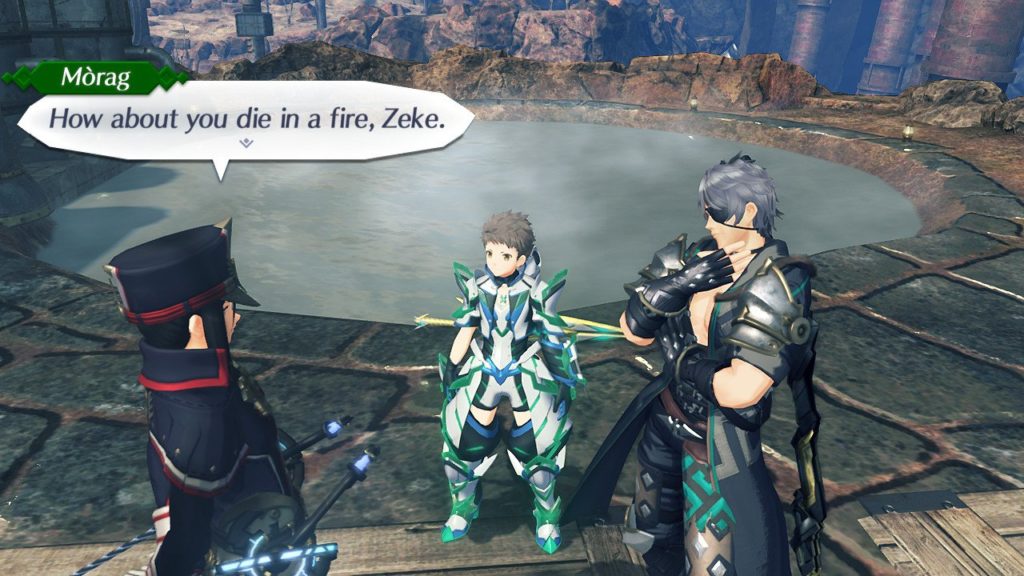
That said, the story kept me coming back, even when I wanted to shelve the game near the end. Although playing the first title isn’t necessary, the end of XC2 does tie the two games together nicely. The game’s overarching story is also fairly cliche as far as JRPGs go (boy finds girl, wants to help her achieve her goal, drama, betrayal, etc), but the interplay between characters is generally entertaining enough to rise above it. This is further extended in the return of the Heart-to-Heart segments, where specific drivers and blades act out little skits to the side of the story. It’s a lot like the Tales of series in that regard, but it’s always a nice little break from the rest of the game.
In general, Xenoblade Chronicles 2 is a tough game for me to place. I enjoyed the hell out of a lot of it, but the last 10 hours of the game were frustrating as hell for no good reason. I enjoyed the depth of the systems in place, but they make it hard for me to recommend to anyone but core JRPG fans, and the menu systems backing them were clunky as hell. If there’s any single thing I can point at that anyone would enjoy, it’d be the soundtrack. It’s phenomenal. If nothing else, this is another point that Nintendo had one hell of a 2017, giving us one of the best JRPGs of the year, warts and all.


